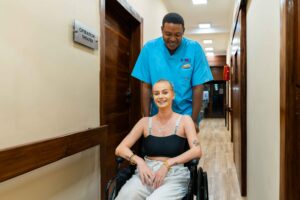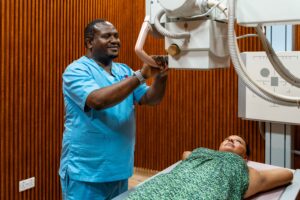Orthopedists use surgical and nonsurgical approaches to treat musculoskeletal issues, such as sports injuries, joint pain, and back problems.
This article provides an overview of orthopedics. It outlines the different conditions that orthopedists treat and explains what a person can expect during an orthopedic appointment.


